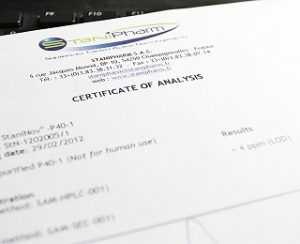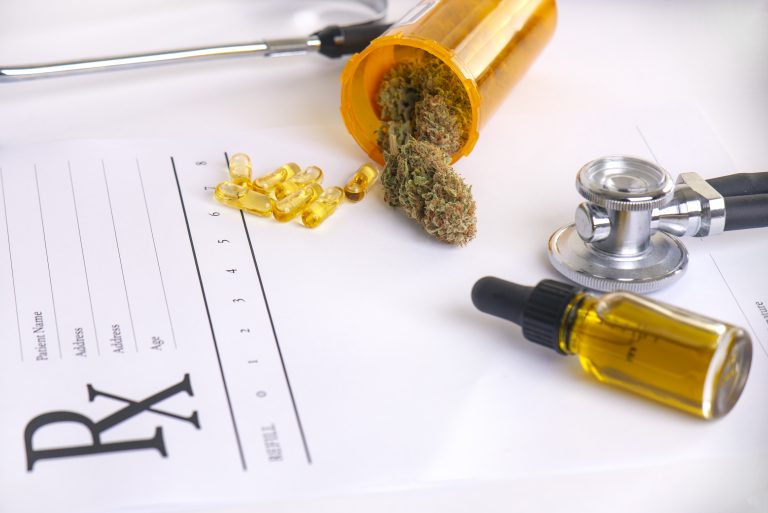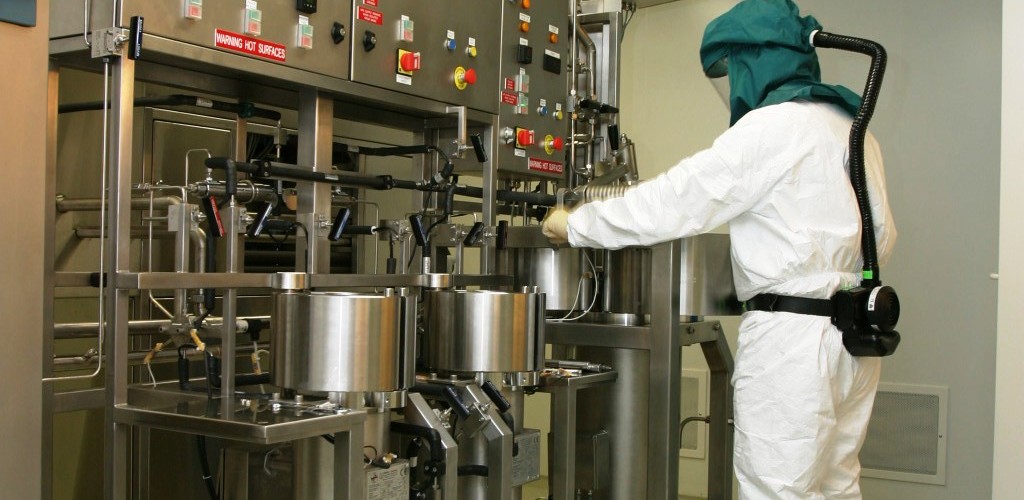Developing a French "patient to seed" ecosystem to improve the therapeutic benefit of medicinal Cannabis
An extract from the hearing of Frantz Deschamps, President of Stanipharm, on Wednesday 17 June 2020 by the National Assembly’s information-gathering mission on cannabis use

In October 2019, the French National Assembly approved an experimental pilot program with cannabis for medical use.
This program is set to begin during the first quarter of 2021 and continue for two years under the auspices of the ANSM (French Agency for Drug Safety). The drugs will not to be prescribed as first-line treatments, but only in cases of failure of other available therapies (insufficient relief or poor tolerance).
During the experimental period, five THC/CBD ratios will be prescribed in different dosage forms:
- immediate-effect forms: dried flowers administered via inhalation after vaporization; the effects begin within minutes after inhalation and often last about two hours
- sustained-effect forms: flower extracts formulated and administered orally or via oromucosal/sublingual route; the effect starts much later, but can last for six to eight hours with particularly high variability in onset and duration

In addition to THC and CBD, other cannabinoids and terpenes will therefore have to be dosed and adapted to patients in a personalized manner.
The efficacy as well as the safety of cannabis-based medicines is at stake.
Unlike a drug formulated with a single active ingredient, cannabis contains a wide variety of molecules. In addition to THC and CBD, hundreds of other compounds are present, including other cannabinoids and terpenes.
The relative proportions of these different compounds have an influence on the efficacy of cannabis drug products, but also on its side effects. This property is known as the entourage effect.
The values of the “patient to seed” approach
The chain of actors working in this future ecosystem shares a commitment to building a patient-centered care system, contributing to an approach that we call 5P medicine:
- Personalized, Preventive, Predictive, Participatory
- the final objective being Precision, or Proof of the therapeutic benefit rendered to patients, with evidence-based medicine remaining the benchmark for medical conduct
Simply replacing the imported products currently specified for the pilot program with French-produced equivalents would be a missed opportunity and a disservice to patients.

This question is quickly settled: all operations involving cannabis are strictly forbidden in France.
And if the cultivation and processing of cannabis for medical applications were to be authorized in France as of tomorrow, would it be possible to provide drugs during the experimentation period?
In order to control the quality of the flowers, therefore also of the extracts and their formulations, we must begin by using perfectly stabilized and characterized genetics. Cultivation must then take place under strictly controlled conditions.
Cultivated flowers can be used as medicines or as raw material for the production of extracts only after 3 consecutive compliant batches of flowers have been produced.
The production of medicinal products incorporating these extracts must also follow a strictly defined path, from development and validation of production and characterization methods for products with such a complex composition to obtaining initial stability data.

Even for a company like StaniPharm that already has the equipment and expertise to go “from flowers to medicines”, it will be impossible to supply medicines from French flowers during the pilot program.
Many uncertainties remain for the future of medicinal cannabis in France: regulatory status, therapeutic indications and patient typology, prices, and health insurance reimbursement policies.
Knowing the future regulatory requirements for cannabis-based specialties is a key topic for determining several issues: Generics or “branded” drugs? Type of MA? This is a new and complex topic, and the regulatory authorities are learning as they go, but these requirements will condition the timetable for development, as well as the way in which patients will have access to such medicines.
In spite of these uncertainties, we must not waste any more time. R&D activities should be started as soon as possible. Exemptions for research and control purposes may be granted by the Director General of the ANSM.
However, none of the companies with which I am in contact has obtained such an exemption to date.
The prompt issuing of research exemptions is crucial to achieving the ambitious objectives of a French R&D program for cannabis for medical use
This is one of the conditions that will enable this sector to achieve its objective of offering patients an improved therapeutic benefit after the pilot program:
- by making available a portfolio of varied pharmaceutical-quality compositions (THC, CBD and other molecules) and new dosage forms
- by helping to improve indicators and evidence levels, which are currently often below what is expected for a medicinal product; and
- by evaluating the extension of such personalized formulations to other pathologies, the relevance of first-line prescriptions for certain patients, and many other points.
